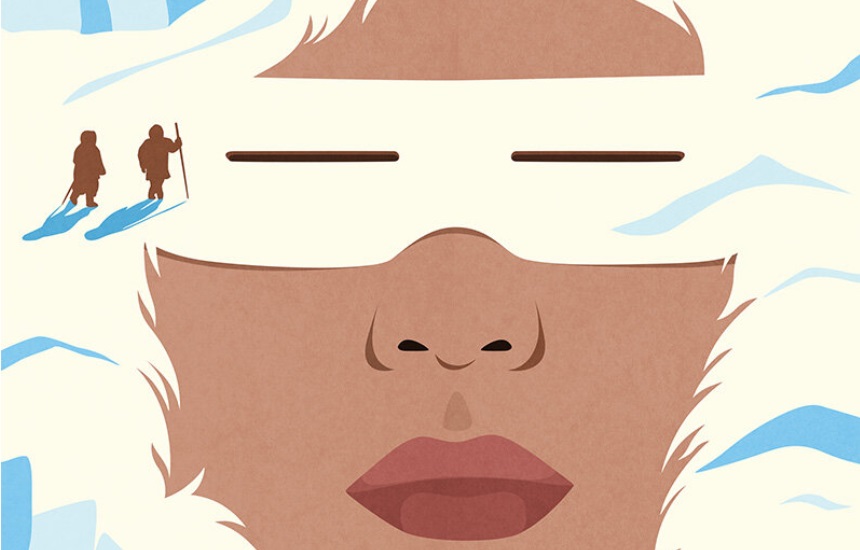From Inuit hunters in their endless snowy landscape who have no concept of what it means to be lost to profound leaps in microscopy that enable scientists to watch an eye as it forms — sight allows us to explore our world, to orient ourselves within it and to find joy in its myriad manifestations of beauty and wonder.
Though there’s no consensus about which of our five senses is the most important, sight has an edge. Philosophers from Aristotle to Galileo have exalted vision above other sensory capacities, tying it to humanity’s noblest pursuits. From a neuroscientific perspective, visual processing is the most dominant sensory function in the brain. And culturally speaking, most Americans believe there could be no health outcome worse than losing their eyesight.
The perceived value of sight is reinforced by the fiercely visual nature of contemporary life. Screens are now constantly at our fingertips. They saturate us with visual information to process, and the remote social interactions they facilitate are devoid of embodied inputs like smell and touch.
Our sense of sight confers power. We use it to investigate and surveil the planet (and beyond) and take pleasure in its splendors. But sight is also a source of vulnerability. The biological processes that allow our visual system to observe the world accurately can also lead us to perceive illusions — and we don’t always know the difference…
